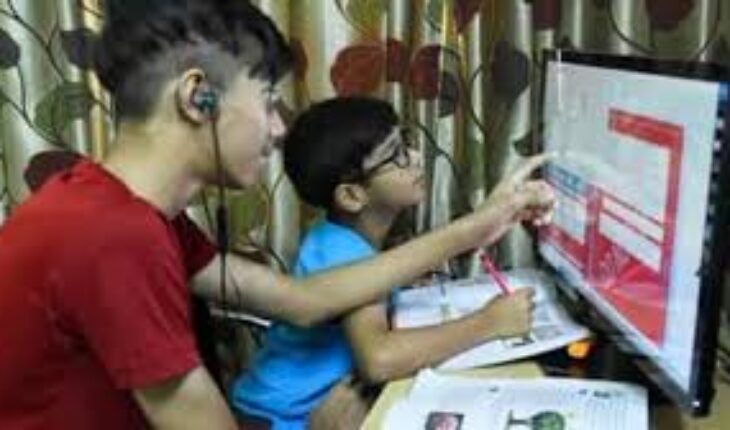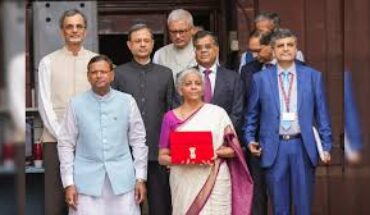Ashwin Jayanti :
Online learning is hurting the benefits of a physical classroom,Streamed education is a diluted one,There are broadly two kinds of helmets, namely, one which protects your head and the other which protects your wallet. These two kinds capture the difference between two artefacts which look the same and go by the same name, but cannot be more dissimilar. So what then is the difference between the two? The most significant is that of design intentions. One is designed keeping safety in mind, made of durable, impact-absorbing material that has been thoroughly tested to be so. The other, on the other hand, is designed to get by and is made of quality-compromising, low-cost material.
What we have here is a dilution in our conception of a helmet from its original meaning from being a gear to protect us in the case of an unfortunate accident to being a gear to protect us from being fined. Intriguingly, the act of fining riders without helmets has translated something valuable (an end-in-itself, in the service of safety) into the merely functional or instrumental (a means-to-an end, in the service of trickery).
This captures the conundrum facing the contemporary: all that is of value is diluting into the functional, and there seems to be no vocabulary to capture this dilution of meaning. Our conception of value itself has been diluted to mean just exchange ‘value’. Here, I will relate this to the meaning of education.
Recently, in the wake of the COVID-19 pandemic, the University Grants Commission had issued a circular to universities encouraging them to adopt massive open online courses (MOOCs) offered on its SWAYAM platform for credit transfers in the coming semesters. This sounds like a benevolent act during the national lockdown. However, it poses great danger since it is also being seen as an instrument to achieve the country’s target Gross Enrolment Ratio (GER) in higher education (envisioned to be 30% by 2021; it was 25.8% in 2017–18).
Here is yet another instance of a conspicuous dilution of meaning and subsequent flattening of the learning curve. Instead of expanding the network of higher educational institutions across the country and increasing seats, the government plans to make online degree programmes available for students to enrol and graduate from and add to GER. ‘Education’ is now being peddled as a combination of content and consumption, and this diluted meaning is being put to the service of achieving increased GER.
MOOC-based e-learning platforms tend to reinforce a top-down teacher-to-student directionality of learning whereby the teacher ‘creates’ and the student ‘consumes’. This misses the point that teaching and learning are skills that are always in the making. The teacher is after all “an intellectual midwife” who facilitates in the birth of students’ ideas and insights through engaging in critical dialogue. In a conducive classroom environment, this role is often switched and the student plays intellectual midwife to the teacher’s ideas. Moving to a MOOC-based degree system would rob young teachers and students of these essential lessons in teaching and learning from each other.
Taking higher education online is much like taking up a sport such as cricket, football or boxing online. One has not actually learnt the sport unless one has engaged with it in one’s gully, stadium, field, or ring. In education, the classroom acts as a space where skills such as dialogue, debate, disagreement, and friendship are learnt and practised. It is intriguing to see that the policymakers behind the SWAYAM platform have left out courses in engineering, medicine, dental, pharmacy, nursing, architecture, agriculture, and physiotherapy on the grounds that they involve laboratory and practical work. Although this move makes sense, it seems to suggest that the pure sciences, the arts, the social sciences, and humanities curricula are largely lecture- and theory-based, and, therefore, readily adaptable to the online platform. Nothing can be farther from such a misconception.
Implicit in every curriculum is the tacit assumption that the classroom is a laboratory for hands-on testing of ideas, opinions, interpretations, and counterarguments. A diverse and inclusive classroom is the best litmus test for any theory or insight. Multidisciplinarity happens more through serendipity — when learners across disciplines bump into each other and engage in conversations. Classroom and campus spaces offer the potential for solidarity in the face of discrimination, social anxiety, and stage fear, paving the way for a proliferation of voluntary associations that lie outside the realm of family, economy, and state. In the absence of this physical space, teaching and learning would give way to mere content and its consumption.
Without a shared space to discuss and contest ideas, learning dilutes to just gathering more information. This could also dilute norms of evaluation, whereby a “good lecture” might mean merely a lecture which “streams seamlessly, without buffering”. This is not an argument from tradition. One could think of greater value-sensitive and socially just architectures and technologies that further foster classroom engagement and make it accessible for students of various disabilities and challenges, thereby adding more value to the existing meaning of education. But public education modelled on social distancing is a functional reduction and dilution of the meaning of education. It could add value only as an addendum to the classroom.
Such platforms must be seen only as stop-gap variants that help us get by under lockdown situations and complement classroom lectures. They will help us get by with the pandemic just as a “helmet” would help us get by with traffic police waving penalty slips. Our vocabulary has many terms for the loss of function — failure, malfunction, dysfunction, breakdown, etc. — but hardly any for the loss of value. ‘Malpractice’ is the closest that comes to mind. This malpractice of the dilution of education must be resisted, else we are asking for multiple concussions.
*(Ashwin Jayanti is an Assistant Professor at IIITHyderabad. Views expressed are his own)





